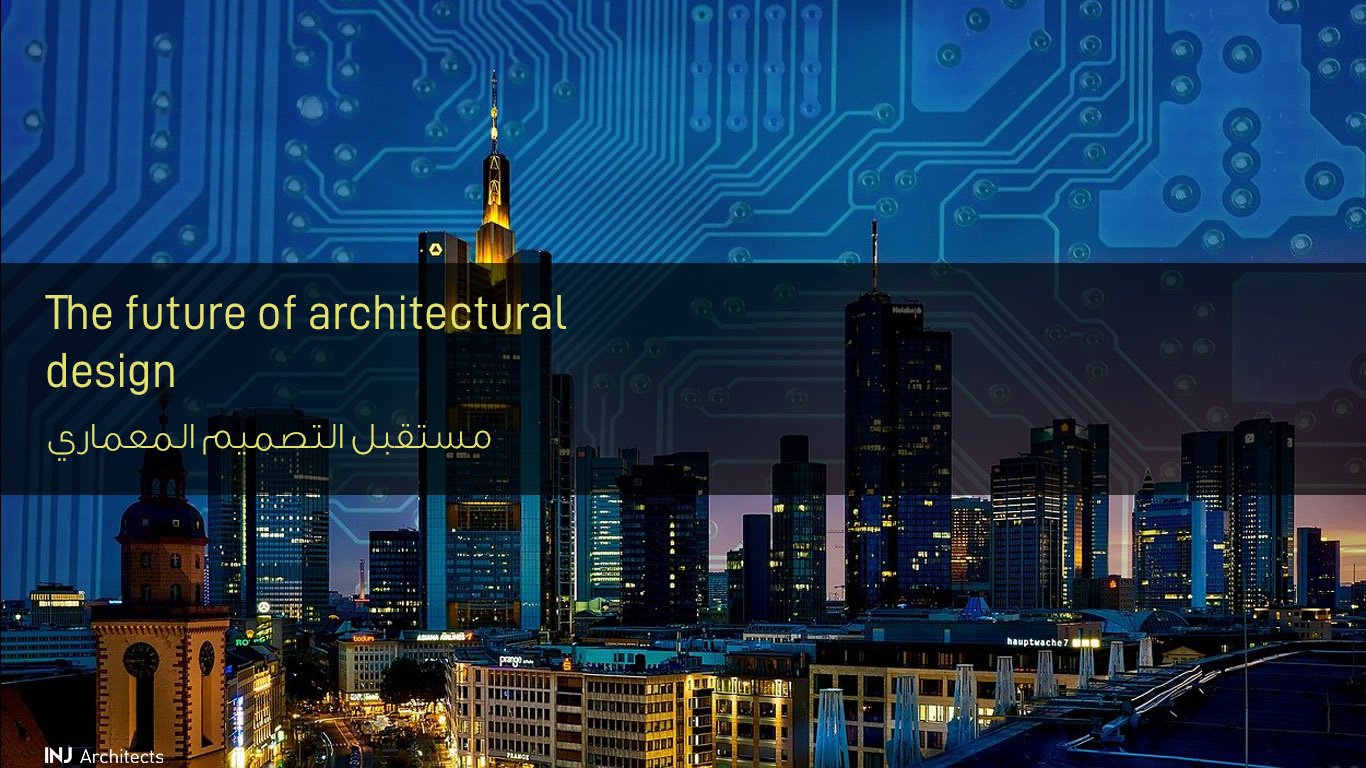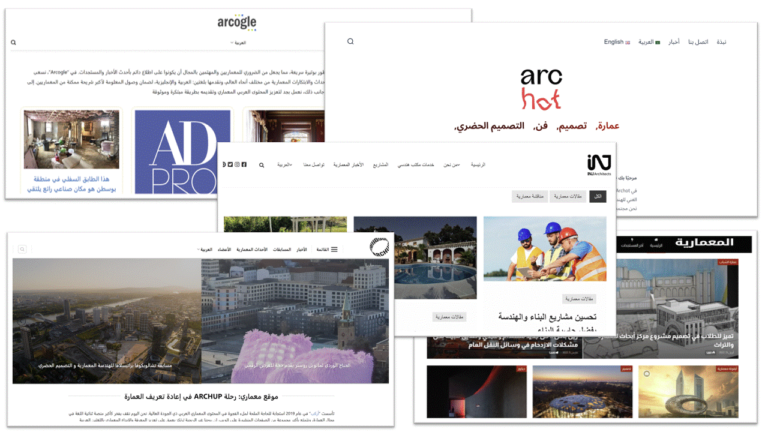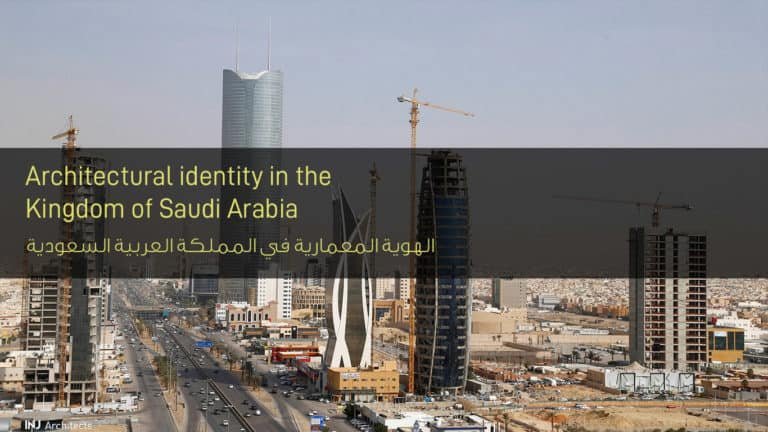The future of architectural design
The future of architectural design
How will the future of architectural design be? Much human progress over the past century has been impressive. Technology that brings information to the most corners of the world, and medications that cure diseases that were once thought to be incurable are all signs of what people can accomplish. Changing innovations and reducing global carbon dioxide production by 45 percent (or otherwise). Fortunately, the design community is ahead of the curve and has a prominent role in this progress.
“We need to find multidisciplinary solutions to the great challenges of our time in order to continue to live and thrive on this planet,” says Kettel Trudal Thorsen, founder of Snøhetta, whose impressive, energy-efficient buildings are located below. This would require maintaining an open mind, “to change our understanding of what is ugly and what is beautiful,”
Although architects and designers cannot solve complex global problems on their own, they are among the most important players in this decisive battle.
Buildings that create more energy than they use, urban corridors of biological diversity, and resilient designs that can withstand extreme weather conditions and the immigrant population are systemic changes that are emerging. This kind of critical thinking will create the momentum we need to renew our world, while making it more equitable and healthier – for humans, plants and animals alike.
Wellness began to look at all aspects of design as the environment is not the only crisis. Our health and well-being are also at risk due to the pressures around us. People and cities are becoming more human-centered, providing walking, bike access, flexibility and reduced pollution.

In the workplace, things like air quality, thermal comfort, and thoroughness help boost performance. As our ability to capture and publish big data improves, we will use it to target interventions that support our emotional and physical health.
Access to nature will also be vital, as vertical gardens, urban forests and biodiversity homeyards become a base. It is not just about beautiful spaces: exposure to nature has proven to help people recover faster, students learn better, and employees become more productive.
Great design will in essence drive this progress. “I am optimistic about the future of design and architecture,” says Thorsen. Here is a set of ideas that leading architectural thinkers are working to improve our lives in the coming years. The future is closer than we think.
Transportation
Imagine a bright world where on-demand transportation is clean, efficient, and secure. When pedestrians rule roads, freight vehicles are quiet, and long-distance trips are hassle-free. This is where the transportation receiver is headed, and it’s not far away. Taxis and excessive aircraft on the horizon – and run on electricity. Independent vehicles prepare to help make our flights more productive and deliver packages more reliable, while our homes add smart platforms to receive them. When we drive, you’ll be in front-thinking cars, such as the Ferrari SF90 Stradale, the first brand hybrid electric vehicle.
Smart planning will be the key to a smooth transition, although much of this new technology will work with existing infrastructure. Buildings will also become decentralized transportation hubs, and train stations, airports and other hubs will be better connected than ever.
The cities
As our understanding of urban planning increasingly focuses on decentralized design, cities will be created to enhance wellness. More efficient, multimodal walking, portability and transport reduce pollution and increase health and happiness.
Common public spaces and mixed-use developments will be carefully built that bring different residents together and attract visitors. Vibrant public spaces allow people to connect and biodiversity to thrive. Access to nature will also be vital: parks and large forests, small wildflowers meadows, vertical gardens, urban agriculture are the norm, and also helps build more resilient societies in the face of severe weather. Flexibility by design is crucial. For some cities.
Read also: The basics of designing tourist resorts
More than ever, our residences turn into unique reflections of our inner self, with a décor designed specifically for our whims. Rentable household goods will allow us to restore the will, and enable a new generation of workers to easily move between cities and jobs. Likewise, the furniture that is easy to disassemble and move around is becoming increasingly popular. Free physically from the tyranny of things, we will be more flexible – and more financially liberating – than ever.
Workplace:
The end of the official office as we know it is fast approaching. Smart designers and employers are looking for the best ways to improve not only the operational performance of their buildings, but also the health and happiness of employees and as a result of that productivity. Sophisticated research shows that exposure to nature, access to daylight, and collaborative spaces that inspire creativity will become increasingly necessary. When a comfortable feeling begins to penetrate the workplace, such spaces affect productivity and wellness and have a major impact on the end result.
We presented you with our vision of the future of architectural design. Follow us on Twitter to stay updated







